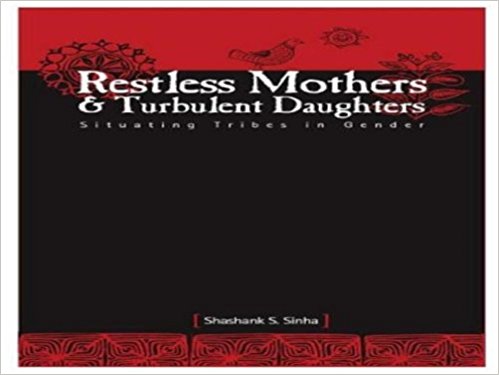The writing of ‘women’s history’ has been closely related to the women’s movement and feminist practice. Since the 1960s, feminist scholars have challenged the methodology of conventional historiography and have altered its contours and research tools, perhaps with greater success than in the case of any other discipline. By the late 1980s pioneering women scholars, notably Gerda Lerner, had achieved respectability for women’s history as a field of enquiry. In India, women’s history grew as activists in the women’s movement began to retrace women’s past. With feminist research providing the stimulus, key concepts of patriarchy and male domination have been used by historians and social scientists (women and men) to understand the values that sustain the division of labour, and economic and familial oppression of women. Enquiries into the growth of feminist consciousness and women’s agency in struggle have also been rich seams in historical scholarship.
Gender studies (which grew out of women’s studies and has a somewhat ambiguous linkage to its more ‘political’ forerunner) has helped to enhance our knowledge of how women’s pasts are differently constructed, not only by their gender but also by religion, class, caste and ethnicity. Women’s studies/gender studies have considerable transformatory potential.

